Parasitic Wasp
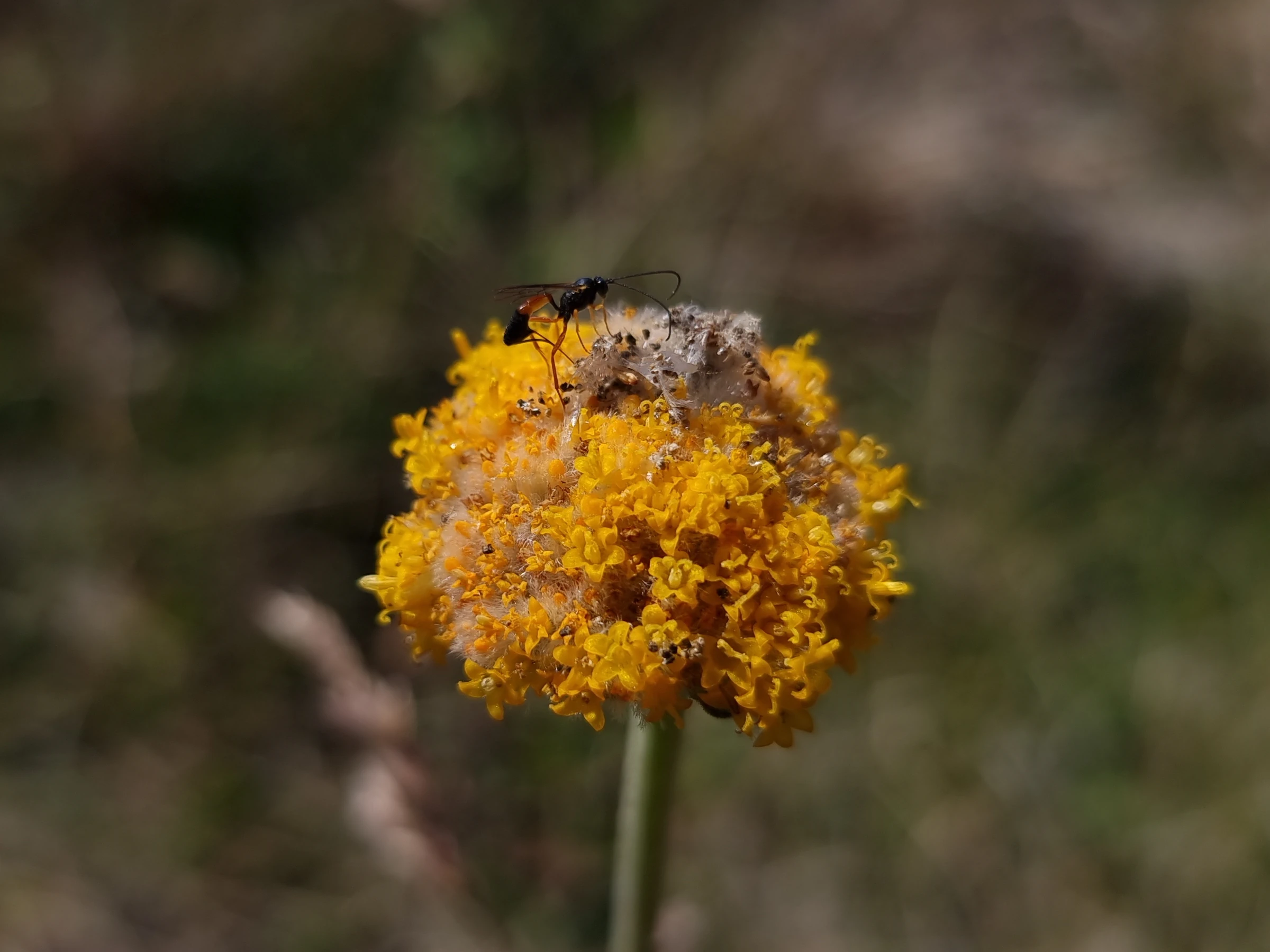
License: CC-BY-NC-SA.
This Ichneumonid wasp (in the subfamily Campopleginae) on a Woollyhead flower (Genus Craspedia) was found near the Mount Stirling summit.
See the corresponding iNaturalist post.

License: CC-BY-NC-SA.
This Ichneumonid wasp (in the subfamily Campopleginae) on a Woollyhead flower (Genus Craspedia) was found near the Mount Stirling summit.
See the corresponding iNaturalist post.
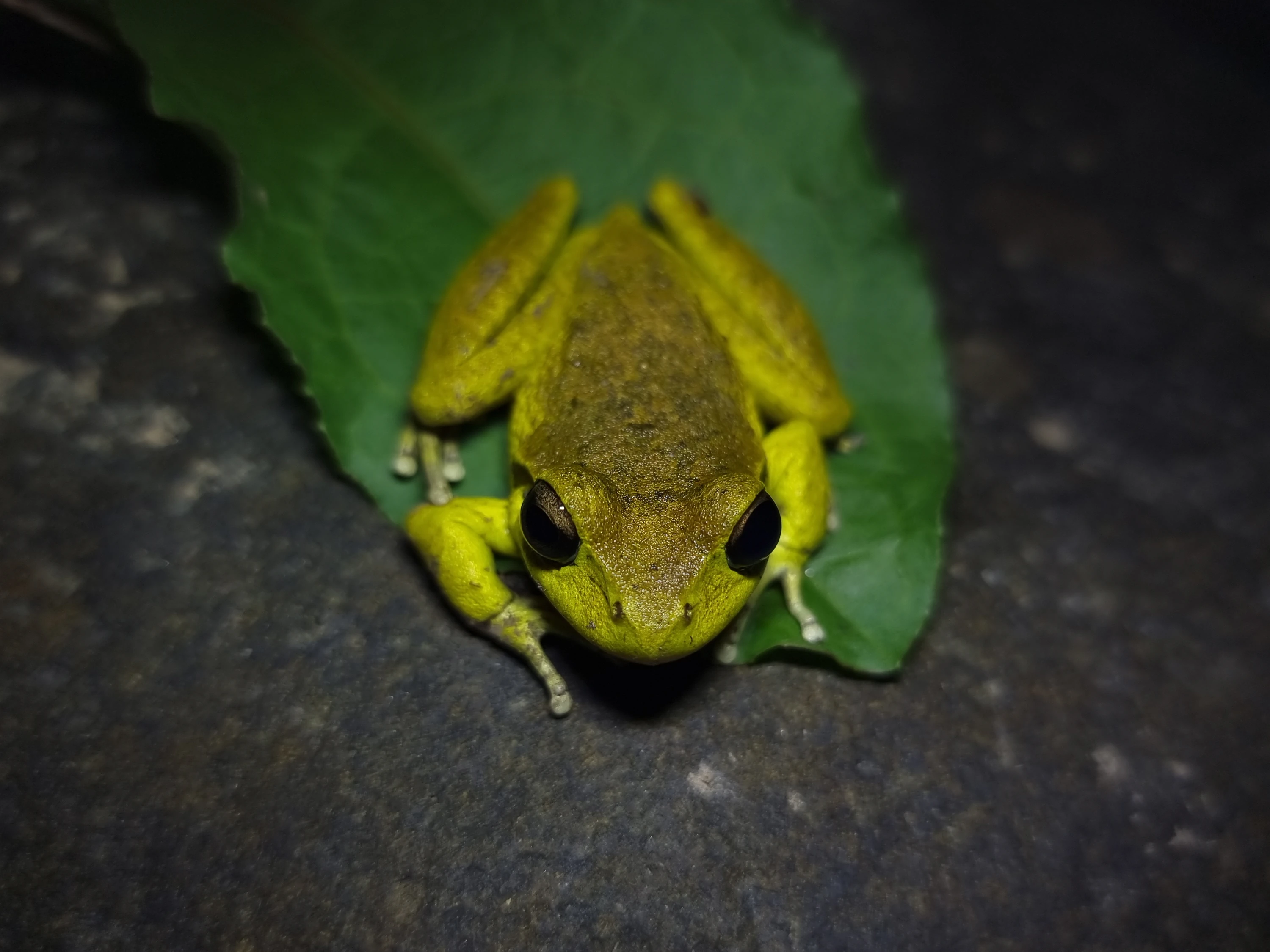
License: CC-BY-NC-SA.
While camping alongside Crooked River, Lesueur's Stony-creek Frog was a common sound during the night. The bright yellow males seemed to glow in the torch light.
See the corresponding iNaturalist post.
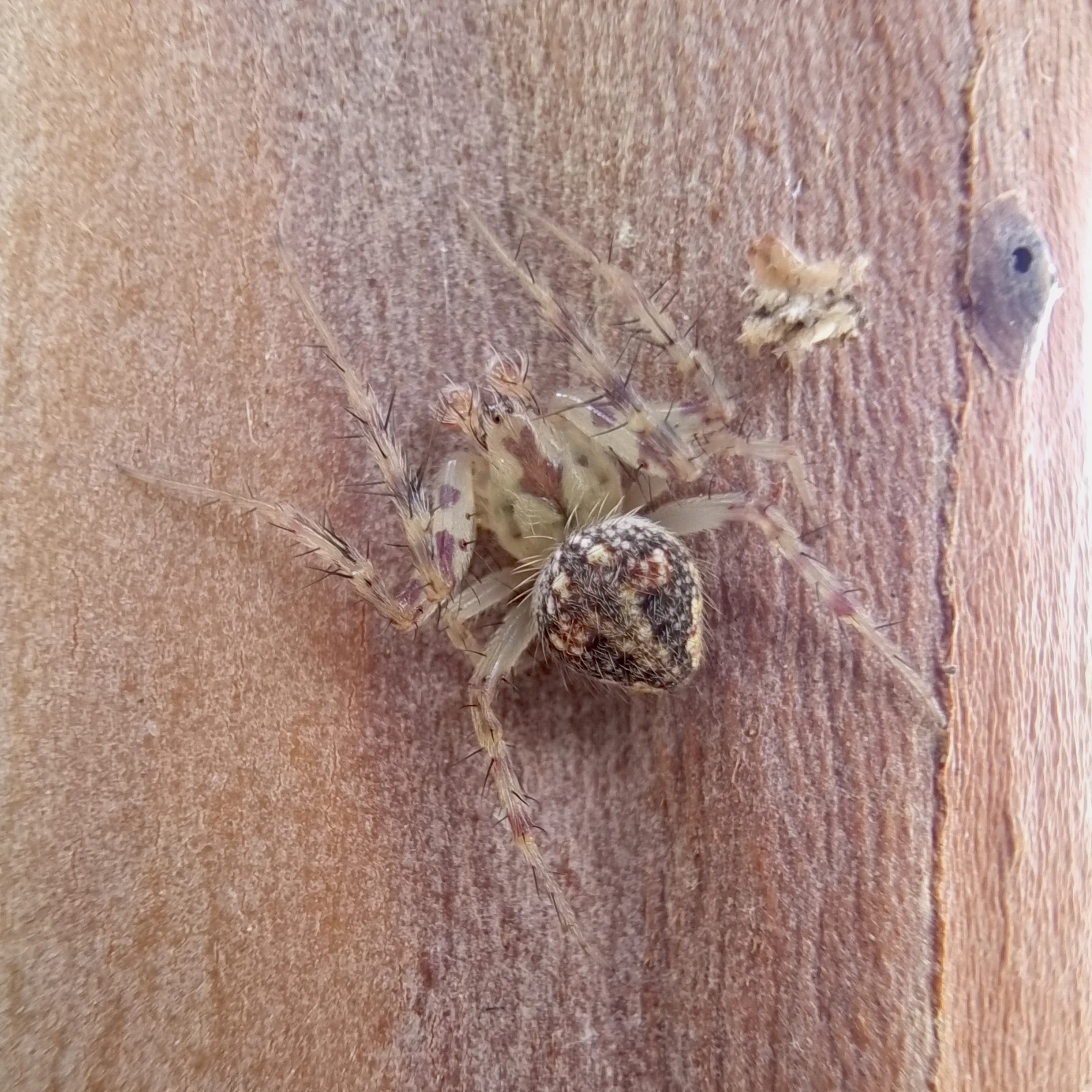
License: CC-BY-NC-SA.
This could be Araneus nigropunctatus, but it's hard to be sure, as it doesn't appear to be observed often.
See the corresponding iNaturalist post.
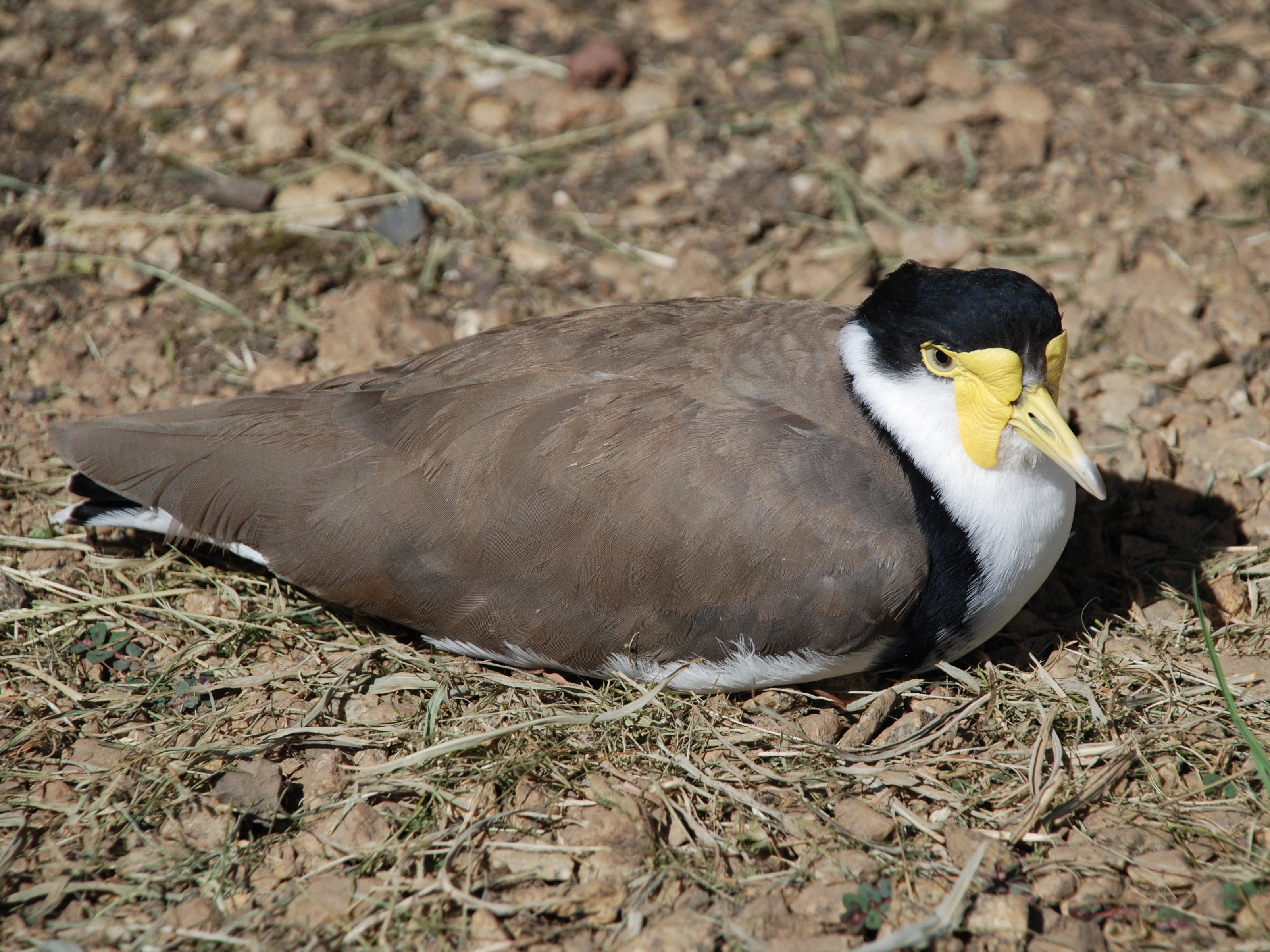
License: CC-BY-NC-SA.
This is Lanky, a female Masked Lapwing who, as of this photo, is around one year old. She's very friendly towards people, which is highly unusual for a lapwing.
See the first photo of Lanky.
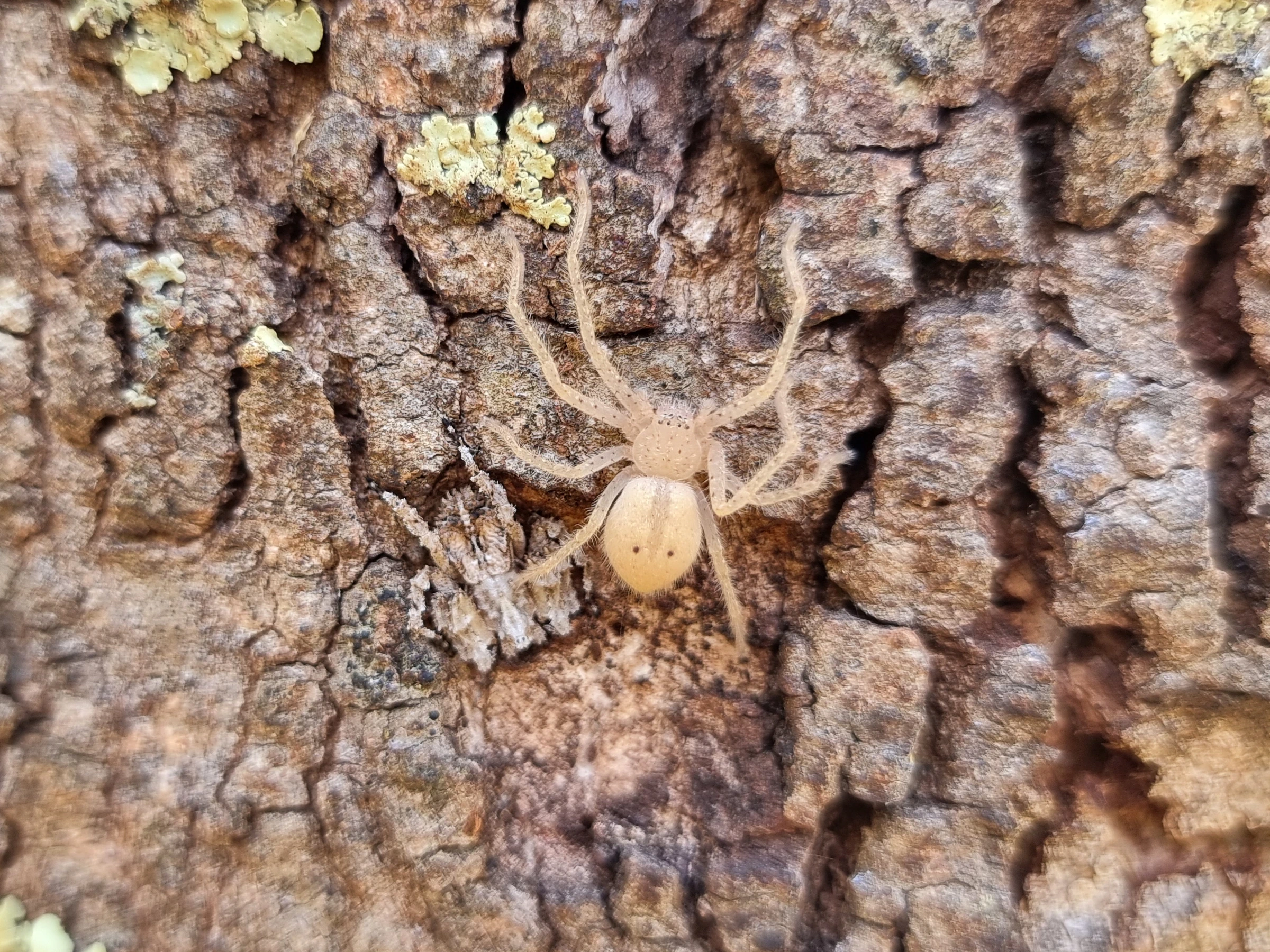
License: CC-BY-NC-SA.
This juvenile Badge Huntsman Spider unknowingly stood on a Cryptic Crab Spider, which has excellent camouflage abilities.
See the corresponding iNaturalist posts for the hunstman and the the crab spider.
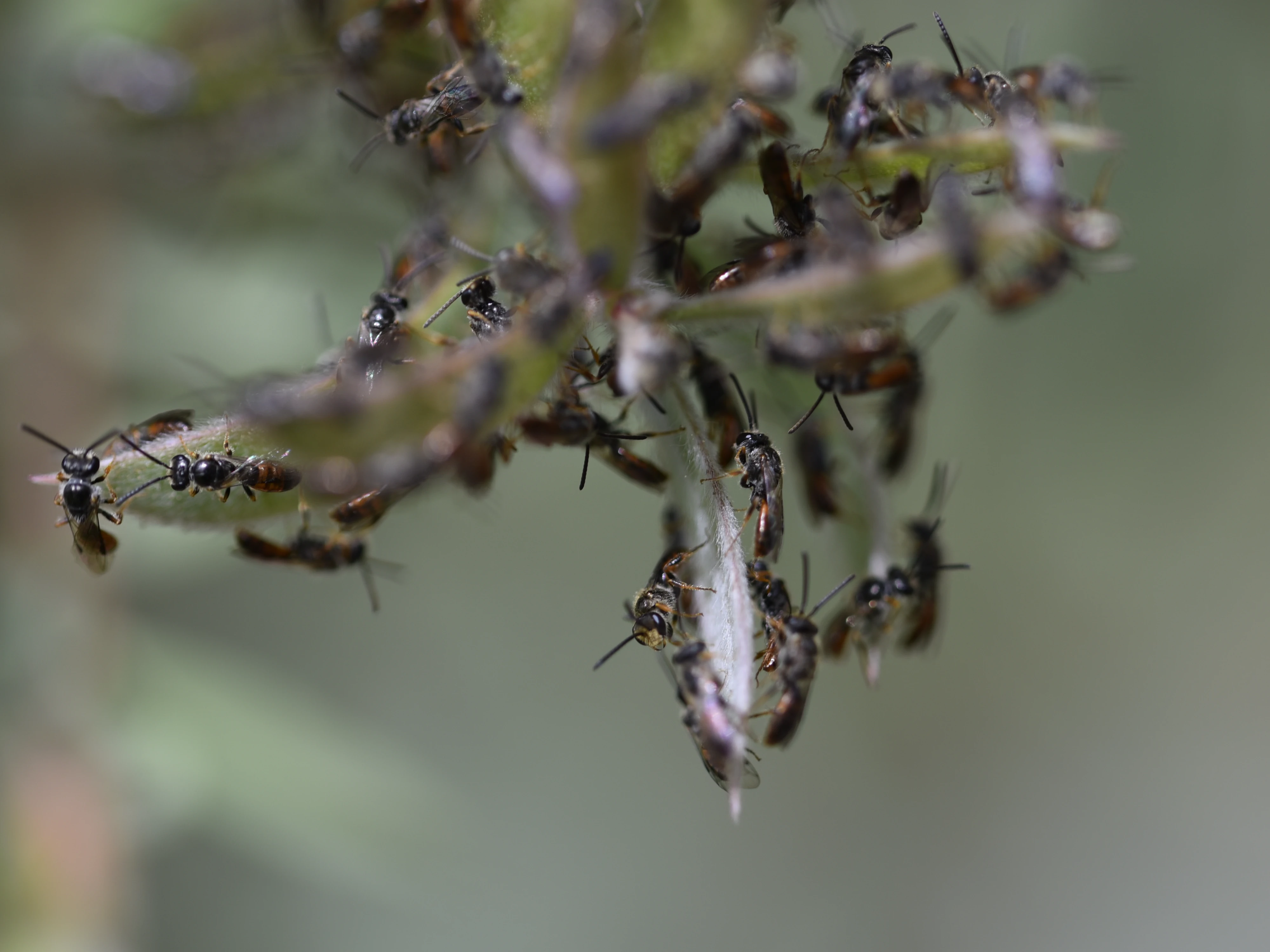
License: CC-BY-NC-SA.
This group of Lasioglossum bees resided here on the bottlebrush leaves for around 3 months, with sometimes over 200 individuals present.
See the corresponding iNaturalist post.
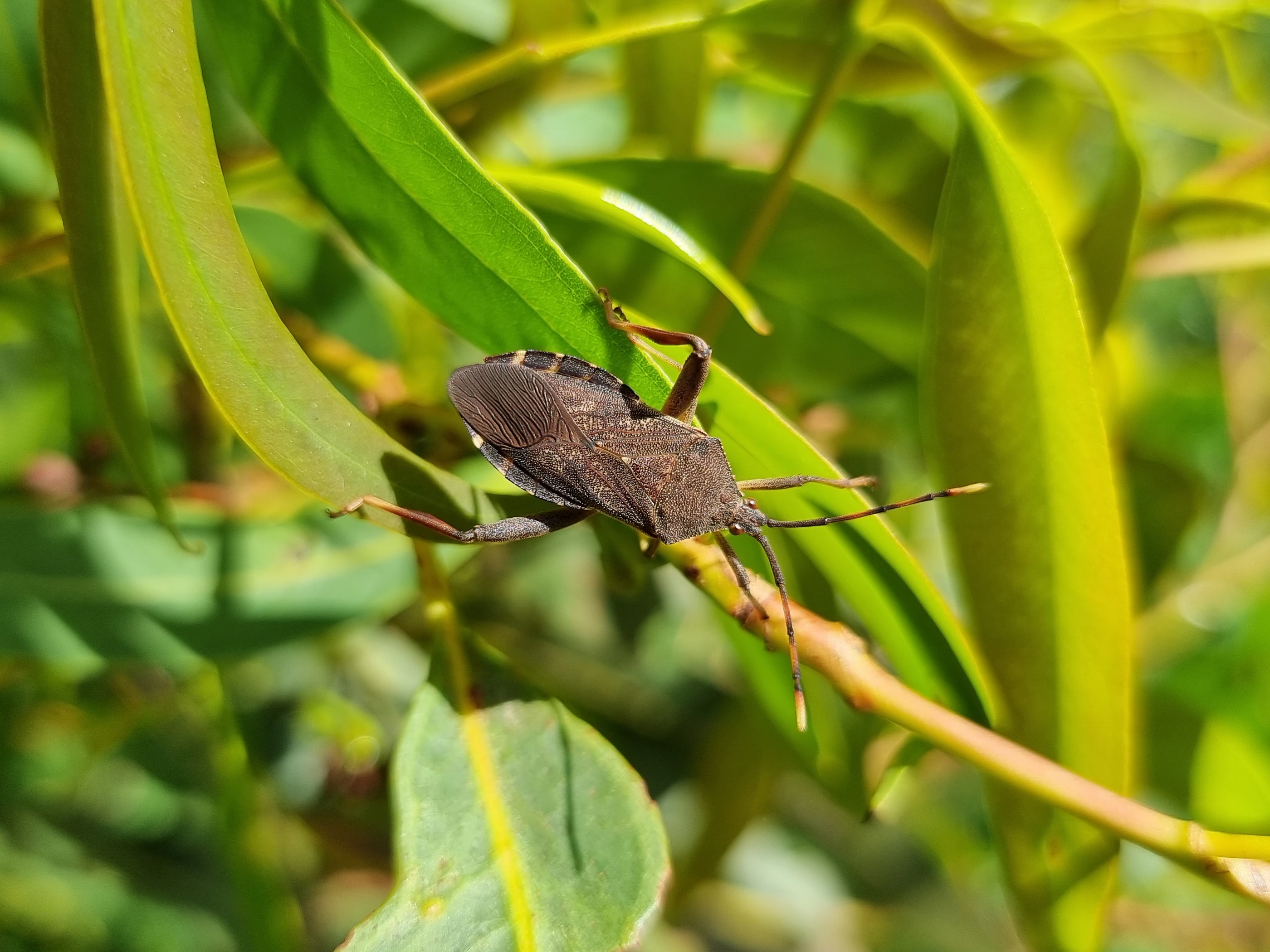
License: CC-BY-NC-SA.
This is one of the most common species of Amorbus, but is still undescribed.
See the corresponding iNaturalist post.

License: CC-BY-NC-SA.
On an otherwise normal Summer day this eccentric bird began following people around our yard.
For reasons unknown to us, this Black-shouldered Masked Lapwing (Vanellus miles ssp. novaehollandiae) has formed an attachment with humans, and she continued to come back almost every day and follow people around. She wasn't interested in being hand-fed, but she quickly learned to associate gardening with food.
Over time she earned the name "Lanky", due to her long legs and ungraceful movement.
See the corresponding iNaturalist post.
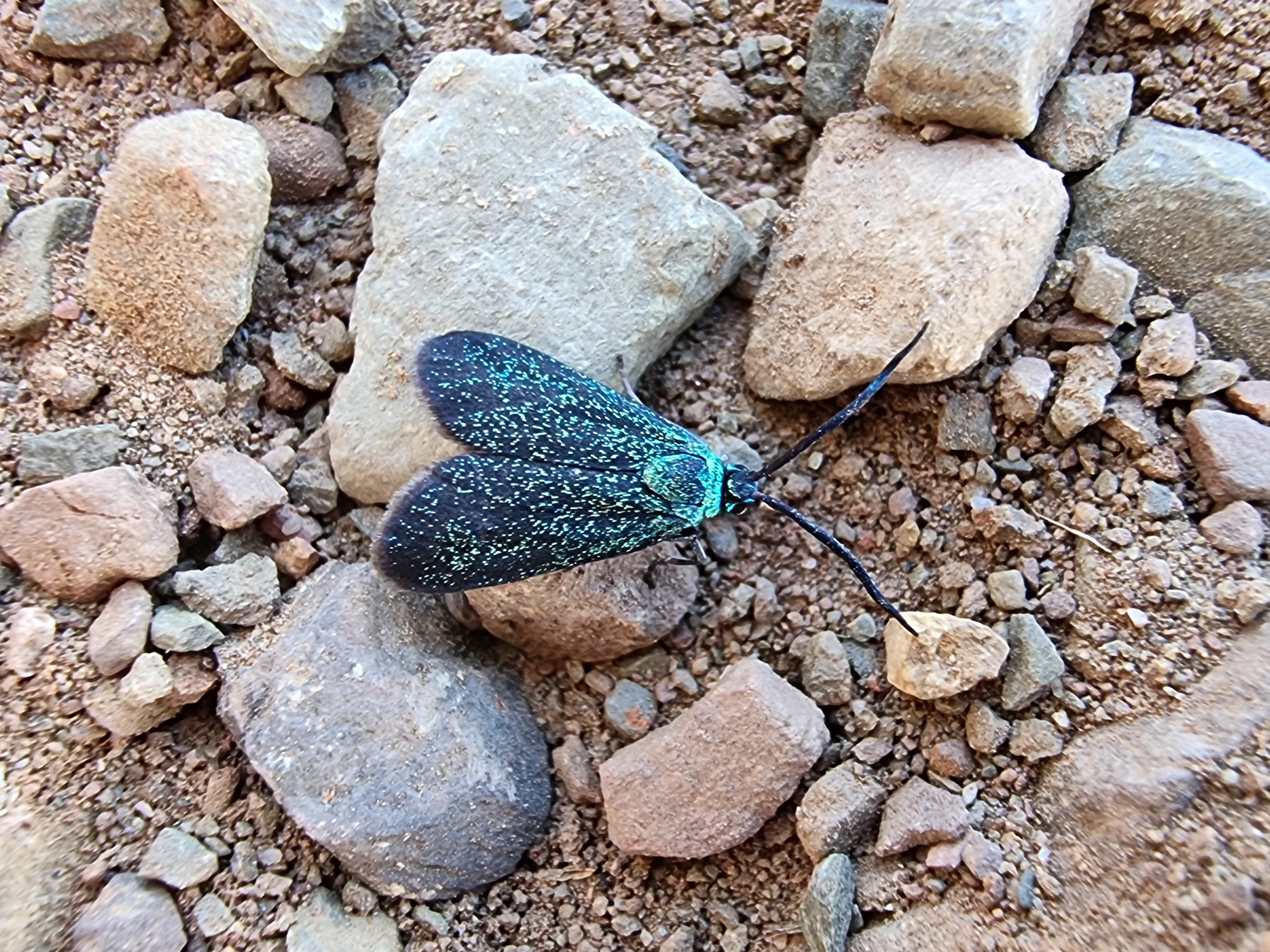
License: CC-BY-NC-SA.
I was surprised to see this moth (Pollanisus lithopastus) at the top of Blue Rag Range, though there were plenty of native flowers around for it to feed on.
The cyan flecks on its otherwise dark wings shone spectacularly in the sun.
See the corresponding iNaturalist post.
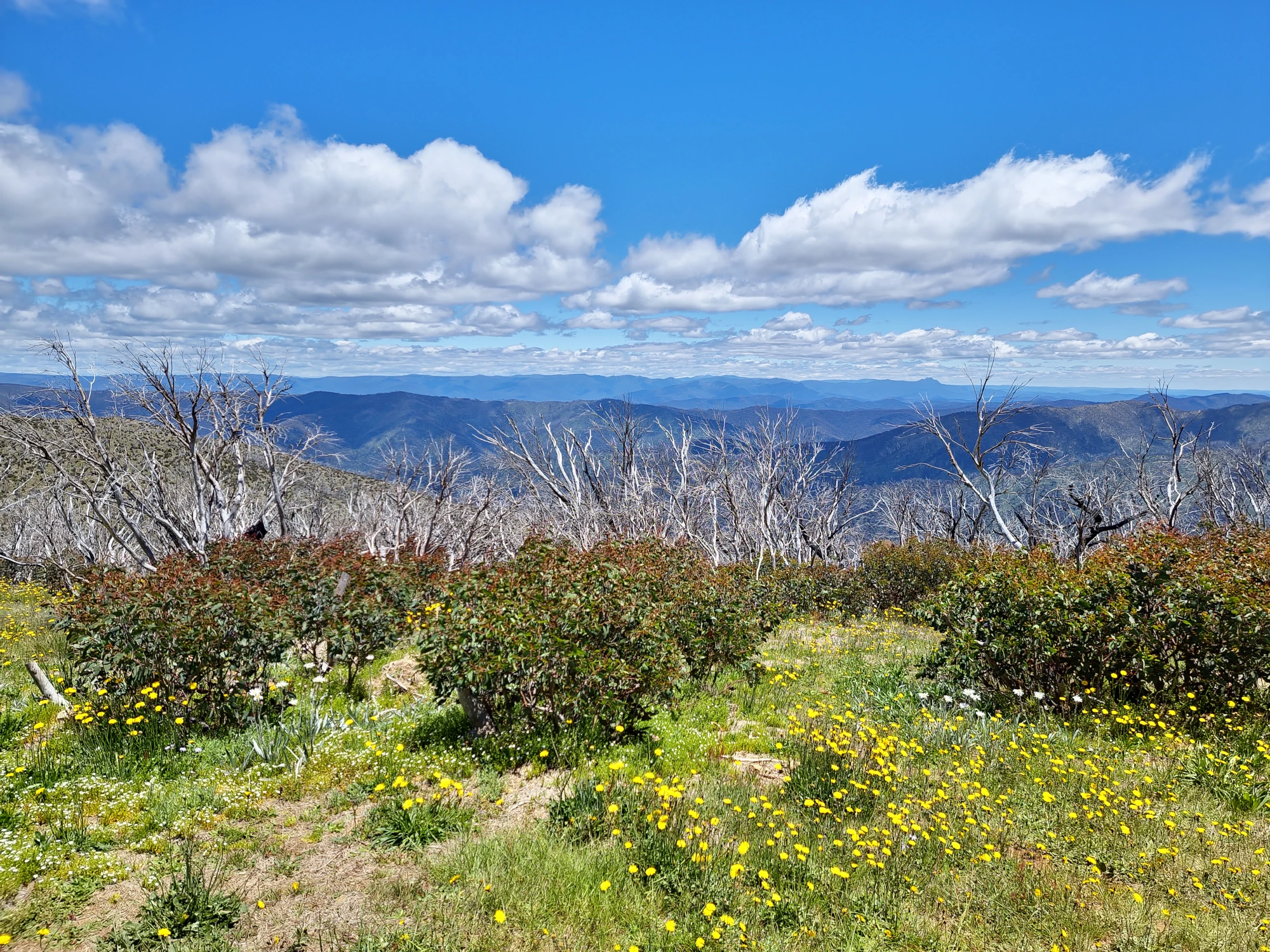
License: CC-BY-NC-SA.
This is a photo of the view from the Blue Rag Range trig point. The slowly-regrowing Alpine Snow Gums surrounded by native flowers make for a stunning view.
See the corresponding iNaturalist post.
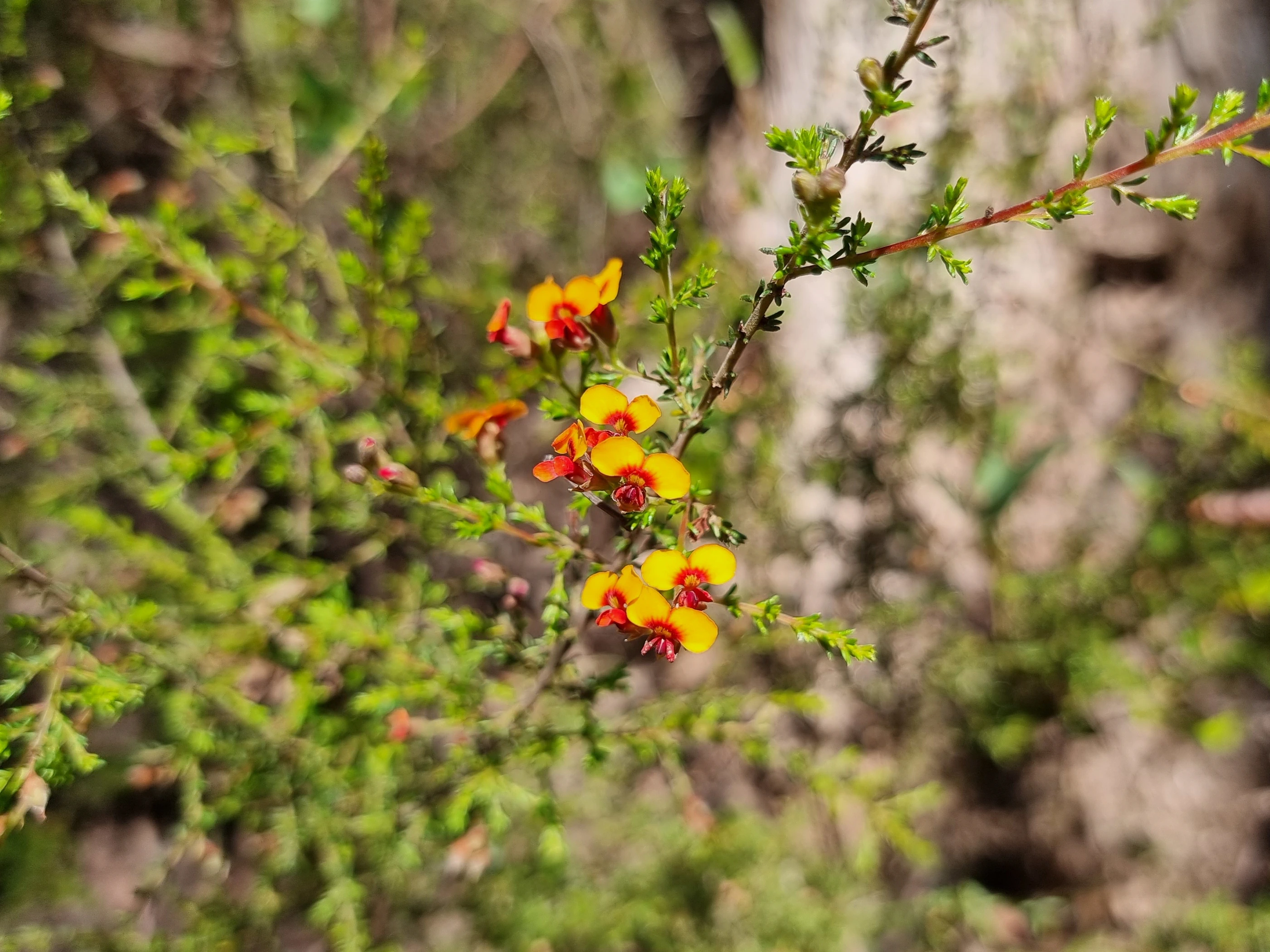
License: CC-BY-NC-SA.
This is an Egg and Bacon Pea (genus Dillwynia) found in the Australian high country.
See the corresponding iNaturalist post.
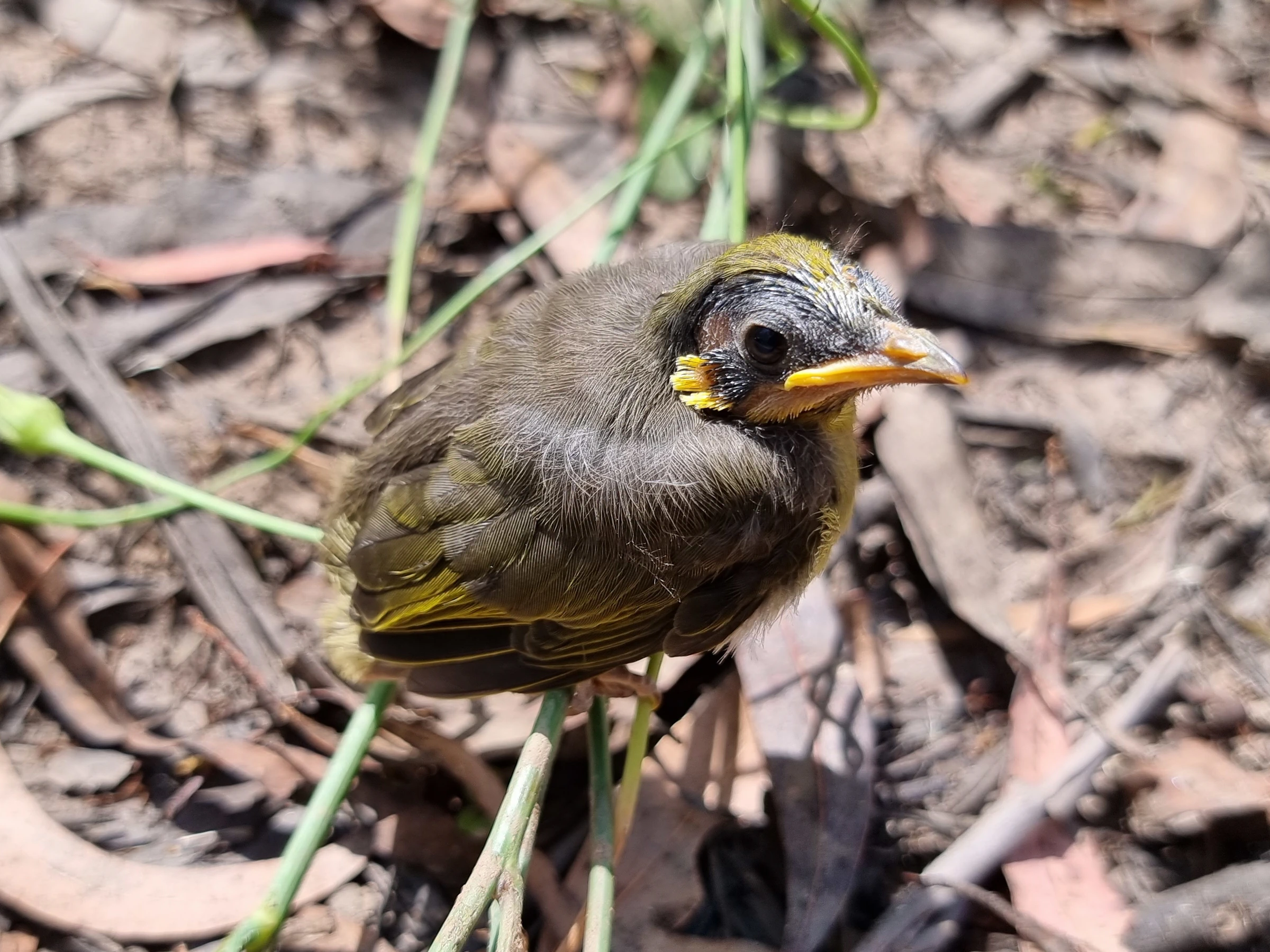
License: CC-BY-NC-SA.
This baby Yellow-tufted Honeyeater (Lichenostomus melanops) made its way through the undergrowth into a clearing where I was able to get surprisingly close.
Its parents were quite unhappy about something, possibly the lace monitor that was nearby.
See the corresponding iNaturalist post.
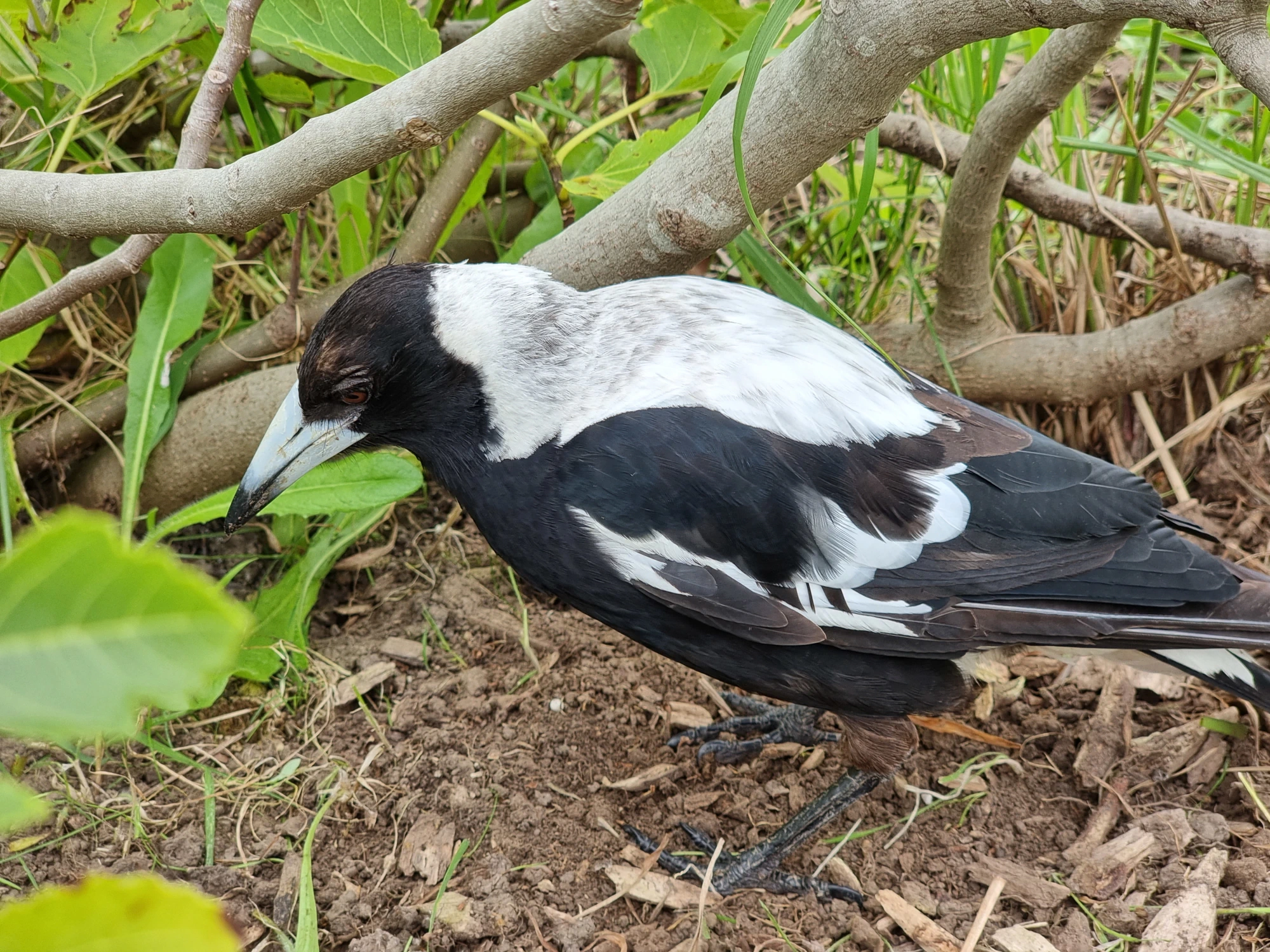
License: CC-BY-NC-SA.
While gardening one day, a very confident magpie walked right up in front of where I was working. It obviously had lots of experience being near people.
The brown feathers on its head and upper legs stood out to me - I hadn't noticed such a thing on other magpies. I would guess that the feathers may indicate that the magpie is quite old.
See the corresponding iNaturalist post.
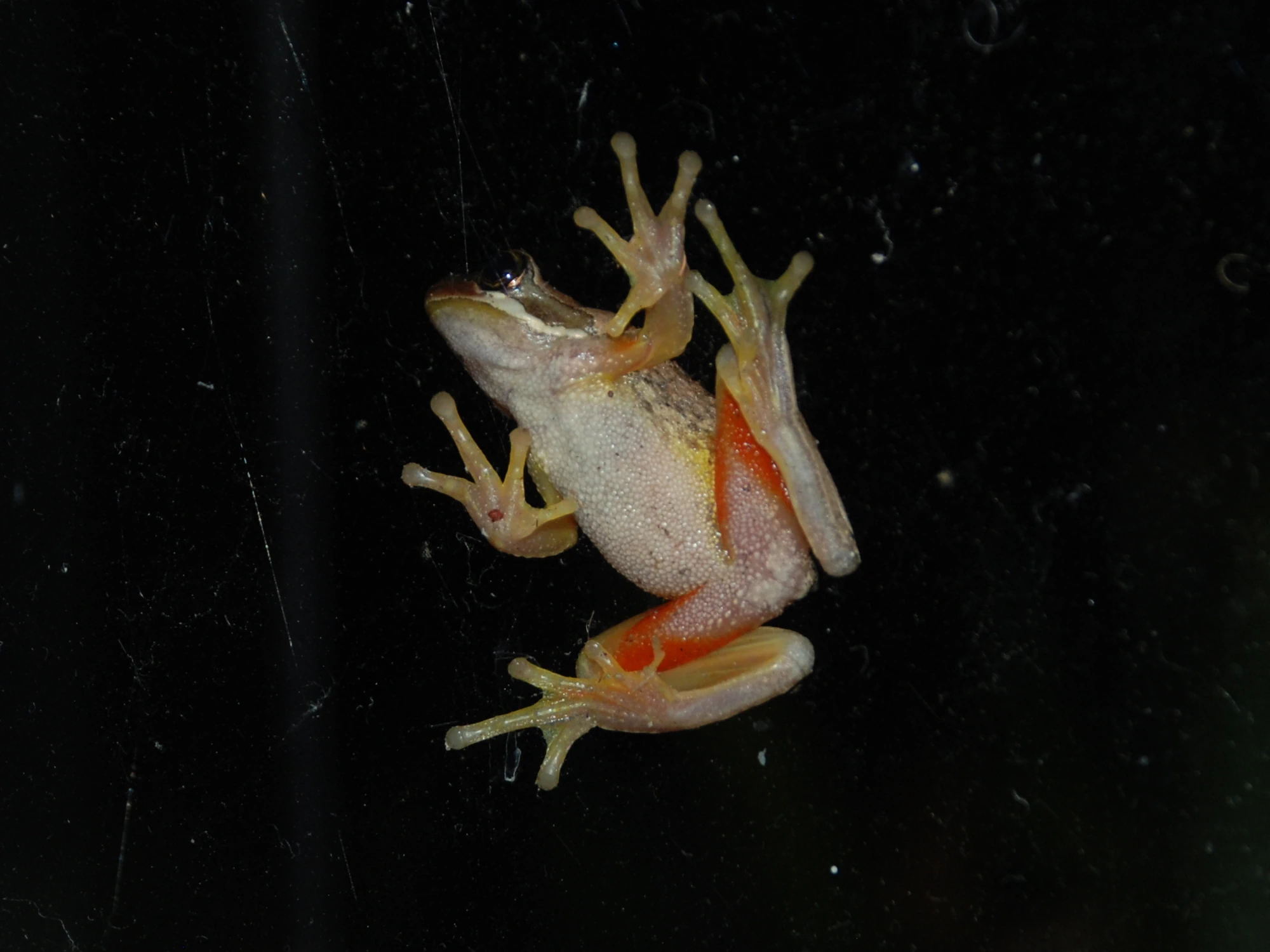
License: CC-BY-NC-SA.
On a damp January night I heard a faint tapping noise coming from a window. When investigated, I discovered that the sound was due to this Australian Brown Tree Frog (Litoria ewingii) jumping onto the glass.
See the corresponding iNaturalist post.